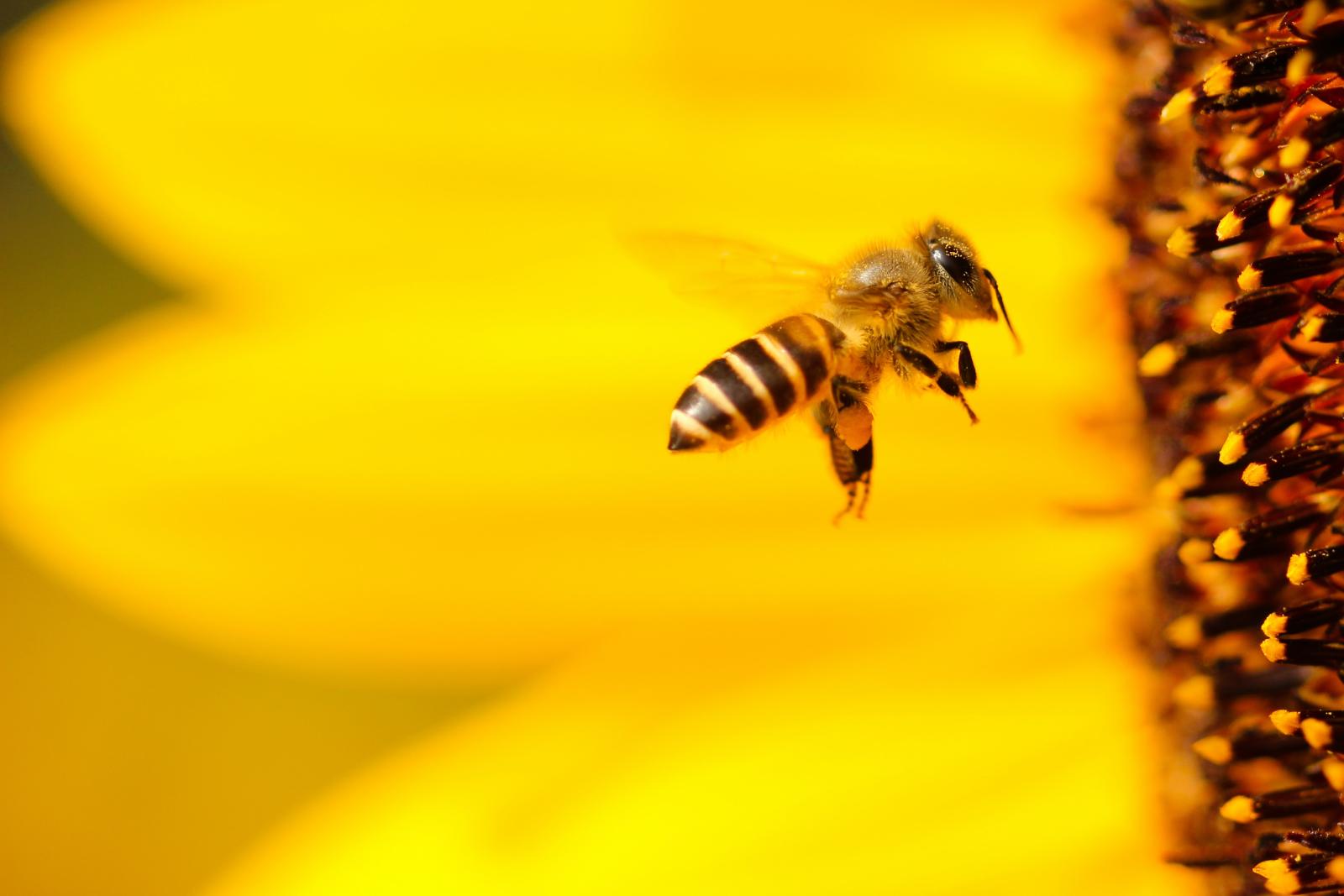Bad weather means fever, cough, earache and more other symptoms. Flu, in a word. To monitor the trend of this illness, in Europe there is Influenzanet, a network where people can share their own symptoms, thus playing an active role in data collection. Data that scientists may then study, to analyze every anomaly in a more accurate way. “When somebody joins the system, he fills out a form with some information about him: gender, age, zip code and so on,” explains Daniela Paolotti, project manager of the Italian platform Influweb, which started the new season’s data collection on Monday 11th November, with some upgrades: “We have worked on a richer interface, more informative for users. Now they could view, for example, how many people in their zip code or in their age zone are ill”. The new version also provides a sort of gamification, allowing people to gain badges when they reach some goals.
Influenzanet is a part of the European project Epiwork, a multiplatform aimed to forecast the infective illnesses spread. When Epiwork began, in 2008, there were already programs of flu surveillance in Netherlands, Belgium, Portugal and Italy. Now there are ten European countries with an Internet Monitoring System (in addition to the quoted ones there are UK, Sweden, France, Spain, and, since May 2013, Ireland and Denmark).Thus, Influenzanet covers the whole Western Europe with more than 16.300 volunteers. An agreement with Grippeweb, the web-based monitoring system for influenza active in Germany, was signed to share data. For each country, some graphs picture results in a user-friendly way and people may download them or compare them with other countries or seasons.
“Thanks to all these countries and to the quality of data collection, for the fist time we could forecast the peak of flu in Italy,” reveals Paolotti. “This season will be a pilot study, but from the next one we will be able to predict the peak in advance. This would be extremely useful for sanitary organizations,” adds Paolotti.
However, Influenzanet is not a single project: there is a consortium trying to put together the efforts of all the web-based flu surveillance platforms all over the world. Since the last International Workshop on Participatory Surveillance (in April 2013), Paolotti was coordinator and data architect of the consortium gathering the three most important platforms that monitor flu: the European Influenzanet, the American Flu Near You and the Australian Flutracking.
The final goal of the consortium is to create a worldwide disease radar throughout self-reporting volunteers. Thus, both animals and humans illnesses would be monitored in real time. To reach such an aim, a letter of intent was signed: the three platforms agreed to share their data collection with each other.
To enforce the connection between social network and public health is important not only in Europe, US and Australia. A small platform for dengue monitoring is being developed in Brazil with the help of Portuguese scientists.
“We are planning to extend Internet Monitoring System surveillance to monitor other contagious diseases, not only flu” confirms Paolotti. Now the challenge is how reaching a huge number of people. “In Italy, for example, lots of people do not surf the net (comparing to other European countries) and the problem is how to approach them. We had an improvement last year, when we launched the Influweb mobile app”.


